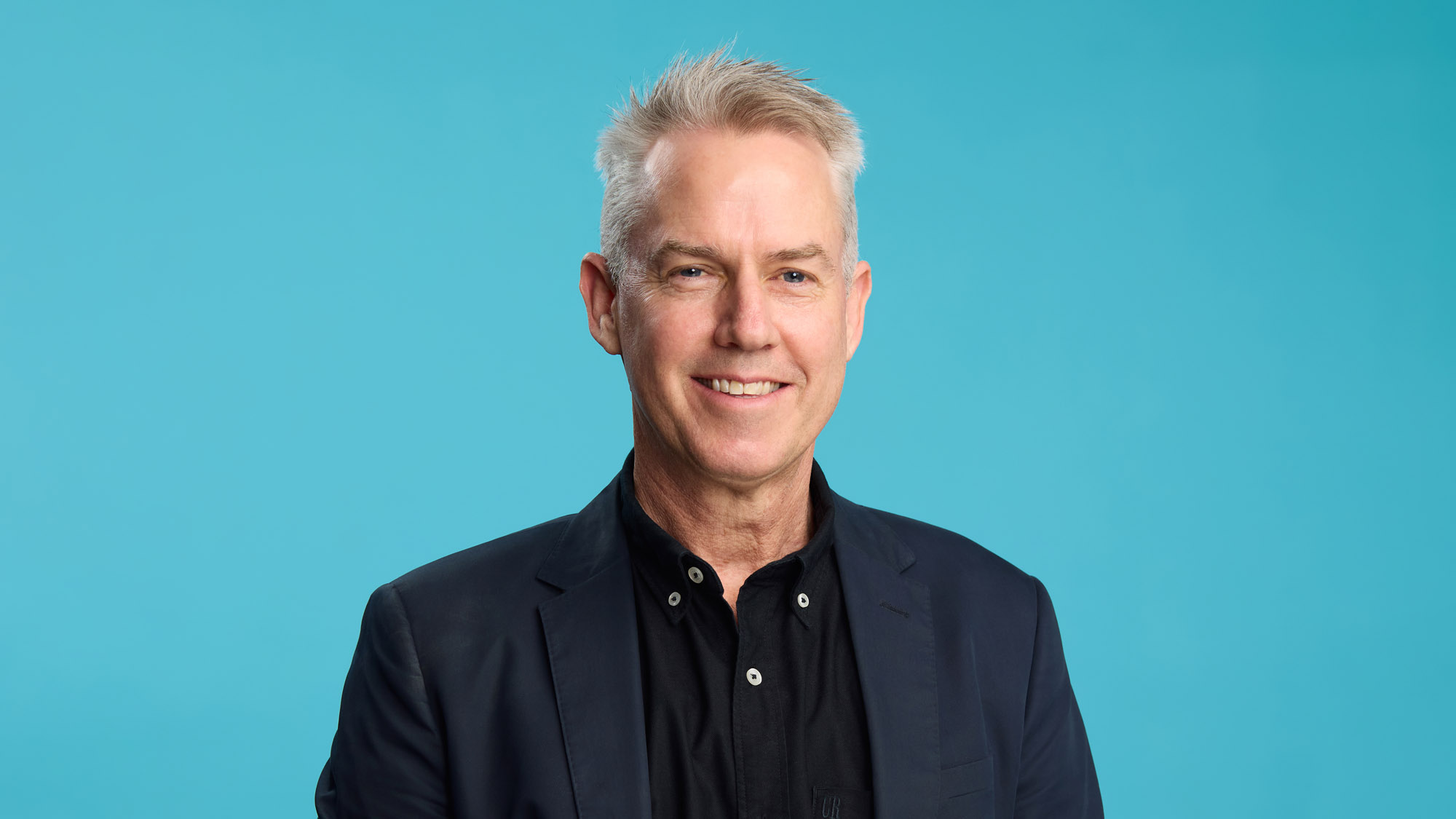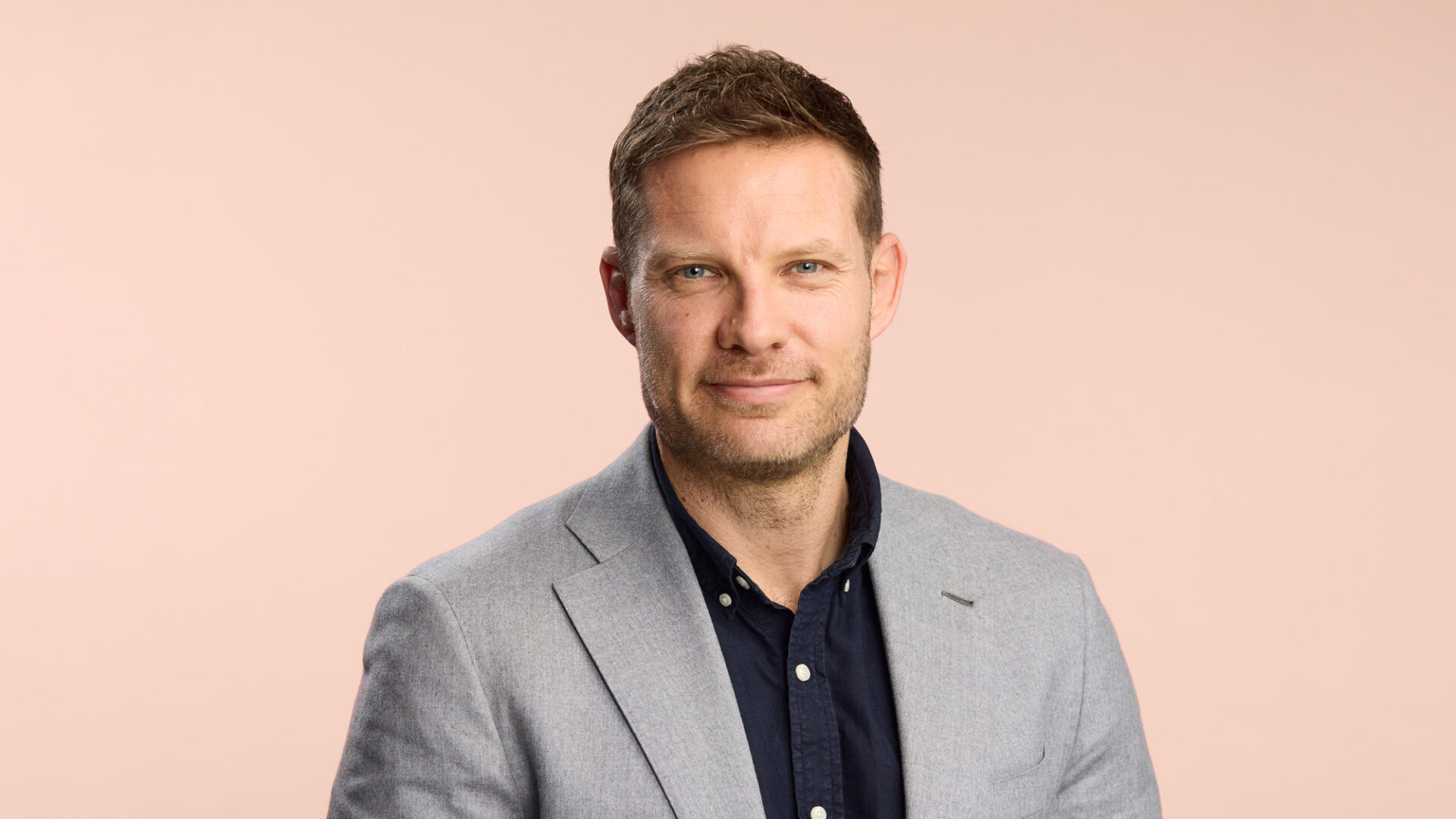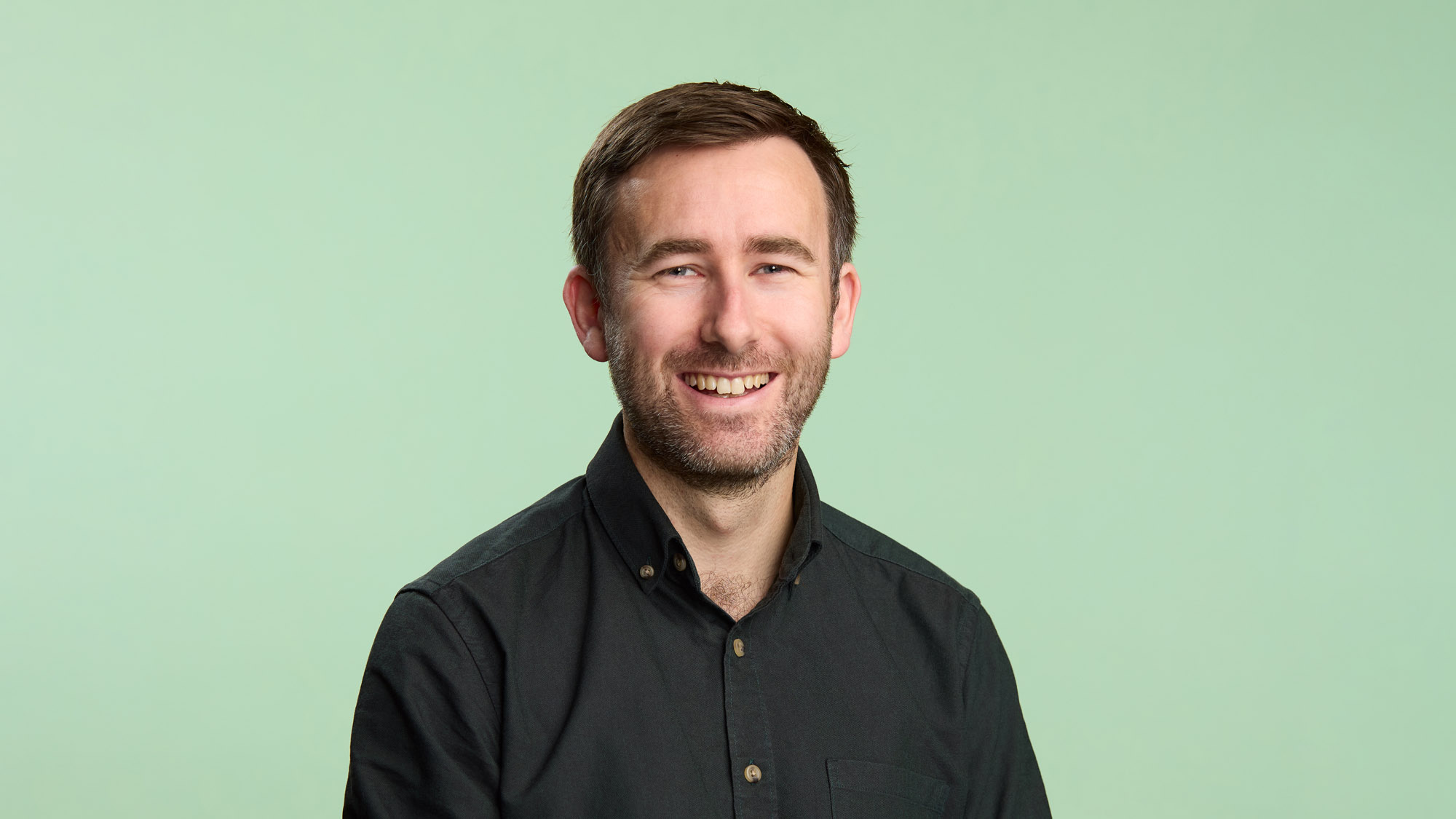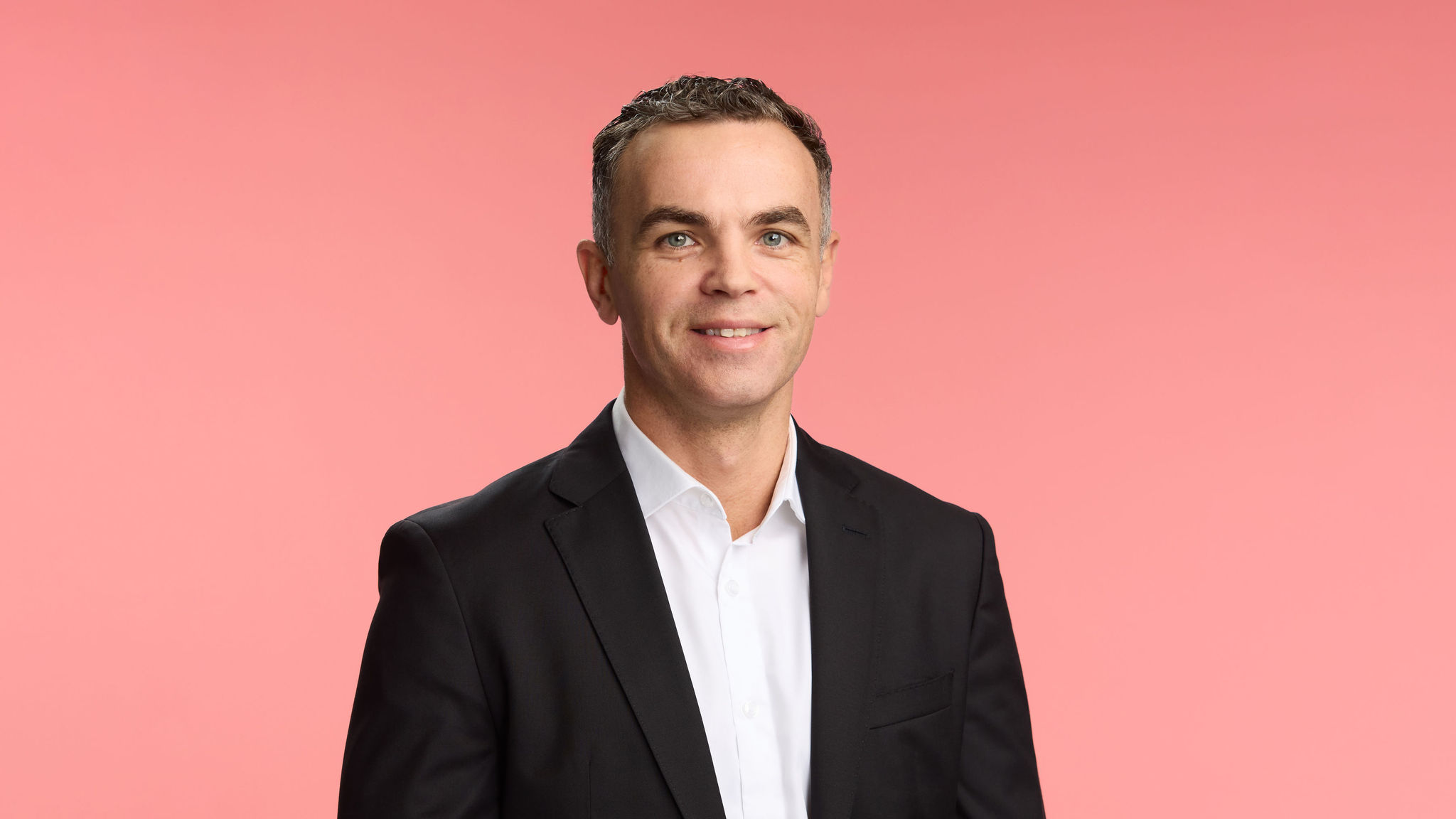Celebrating Over a Century of Legal Excellence
CLM’s Modern Legacy
It’s been well over 100 years since Hugh Owen Cooney first opened his legal practice in Tauranga, and our city’s population has grown markedly from the 1600 residents who lived here in 1918.
As Tauranga has evolved, so too has our law firm, which is today known as Cooney Lees Morgan. Throughout the decades, our partners and staff have helped shaped the Bay of Plenty in many ways.
Hugh Cooney was instrumental in helping establish a deep-water port at Mt Maunganui while his partner, Lionel Lees, was on the committee that set up the University of Waikato. Our other naming partner, Eugene Denis (Ed) Morgan was known for championing Māori interests. He helped set up the Tauranga Moana Māori Trust Board and provided legal advice for Dame Whina Cooper’s historic land rights hikoi to Parliament in 1975.
Many of our firm’s current clients began as one or two person operations and are now multi-million dollar operations which underpin Tauranga’s economy.
Cooney Lees Morgan is proud to continue supporting and shaping the city and country we live in. Here is an overview of our firm’s remarkable journey.
1918 – 1938
Hugh Owen Cooney – known simply as ‘H.O.’ – grew up on a Pukekohe farm and left home at 15 to become a junior teacher when his father died. He had seven younger siblings to support and was no stranger to hard graft.
He began studying law in the evenings while teaching during the day. He would wrap his head in a wet towel to keep himself awake late into the night, and used to ride his horse across the Kaimais and catch a train to Auckland to sit his law exams.
In 1918 H.O. resigned his job as head teacher at Otumoetai School and began advertising his services as a solicitor in Te Puke and Tauranga.
Back then Tauranga was a tinpot town. H.O. thought Te Puke was the safer bet, as it was surrounded by productive farming, flax milling and a gold mining district. Nevertheless, he set up offices in both towns and did everything from conveyancing to estates and contracts.
His reputation as a litigator quickly grew and he was eventually admitted as a barrister of the Supreme Court in Auckland. One of his biggest cases at the time was Tauranga’s Harbour Commission of Enquiry. H.O. represented the Harbour Board who wanted to establish a deep-water port at Mt Maunganui. But the local borough council was opposed. An agreement was eventually reached that a port would go ahead if there was enough confirmed trade to support its operation. Unfortunately, several companies who were keen then went broke, so the idea was shelved for the time being.
In the 1930s H.O. went into partnership with John ‘Andy’ Jamieson and the firm became known as ‘Cooney and Jamieson’. Andy, a Te Puke local, remained in the township while H.O moved to Tauranga, basing himself at the Municipal Library Building on Willow St. He leased office space from the borough council who agreed to H.O.’s request for improved ventilation and to divide the space into several offices – alterations which cost the council a total of £43. The firm’s first phone number was just a single digit: ‘9’.
Despite his move into Tauranga, H.O. always maintained a soft spot for Te Puke and was elected by its residents as their first Mayor in 1935. When asked by a Supreme Court Judge one day ‘where this place Tauranga was’, H.O. replied it was “a small fishing village, located 17 miles west of the thriving township of Te Puke”.
The first family connections were forged at the firm when H.O.’s eldest son, Eoin Cooney, joined the practice, followed by his younger brother, Jim, in 1937. While business was flourishing, the storm clouds of war were gathering over Europe and several of the firm’s staff – including Andy Jamieson, Jim Cooney, Eoin Conney and Frank Willoughby, would soon enlist and be off to fight for their lives.
1938 – 1958
By the early 1940s Tauranga was home to around 10,000 people. With Andy Jamieson and other staff off fighting a war, H.O. needed help and zeroed in on Lionel Lees who had only just nailed his brass plate to his Devonport Rd office wall when he saw a determined-looking H.O. walking towards him. “I thought I’d told you to join me,” H.O. barked. Despite initial protests, Lees did join Cooney and the pair made a formidable team. H.O. concentrated on his forte, litigation, while Lees happily steered well clear of a courtroom and handled everything else.
The pair became very involved in the Bay of Plenty’s development. Lees served as Deputy Mayor of Tauranga Borough Council and was on the committee that helped establish the University of Waikato.
H.O. was a strong advocate for local Māori over land grievances and took one particular case all the way to the Privy Council. The Treaty of Waitangi was widely considered to be a dead document at the time, and Māori land was often assumed to be ‘fair game’. In this atmosphere, H.O. went against the grain and often worked pro bono to fight for the underdog.
Sadly, Andy Jamieson never returned from the battlefield in Crete. He was declared missing-in-action in 1941 but as a mark of respect, his name was retained in the firm’s partnership. Te Puke later recognised Andy’s contribution to the town by naming Jamieson Oval in memory of the man ‘who was so actively interested in trying to develop sport in Te Puke’.
With WWII finally at an end, Jim Cooney rejoined the firm. He never got the chance to complete his law exams but as a major in the army he had honed some strong negotiating skills and applied these to great effect back home in Tauranga.
In 1948 Lionel Lees was officially made partner and the firm’s name changed again to Cooney Jamieson Lees.
Meanwhile, H.O.’s battle on behalf of Tauranga’s Harbour Board to secure a port at Mount Maunganui was still going on. After fighting off challenges from Auckland and Whakatane at two Commissions of Inquiry, the port got the green light and opened in 1955 in what surely must have been a career highlight for H.O.
With two sons already working at the firm, it wasn’t long before more Cooneys followed. H.O.’s daughter, Sheila, and his youngest son, Des, both joined the family business in the early 1950s. Des was in fact, the only sibling to formally qualify as a lawyer – again, one of the biggest thrills of H.O.’s life according to his close friends.
The youngest members of the family became regular faces around the office too. Jim’s sons, Michael and Paul, often visited the Willow St office. They would tell their grandfather they were going to get haircuts and H.O. would give them money to pay the barber – but it was always too much. The change would be spent on ice cream or lollies and consequently, the brothers had the shortest hair in Tauranga.
During the 1950s Jim Cooney became Coroner for Tauranga and blazed a new trail for the legal profession. Traditionally, a medical practitioner held this role but Jim led the way for coroners with a legal background to be appointed. Jim’s oldest son, Michael, later took over the role of Coroner from his father, holding the position for the next 30 years.
This decade also marked the arrival of Eugene Denis (Ed) Morgan. He was a remarkable man who witnessed unimaginable cruelty during WWII as a former Japanese prisoner of war. When he was released, Ed weighed less than 35kg. He had a prodigious memory and was able to speak Malay and Tamil, English, French and Latin. It was Lionel Lees who convinced Ed Morgan to leave Auckland and move to Tauranga, and in 1955 he too became a partner – creating Cooney Jamieson Lees and Morgan.
1958 – 1978
After an impressive legal career spanning four decades, H.O. Cooney passed away in 1959 aged 76, prompting tributes from near and far. The firm’s name changed once again, dropping the reference to H.O.’s first partner, Andy Jamieson, and Cooney Lees and Morgan embarked on a new era.
The Cooney family decided to build a new two-story building on vacant land in Grey St which would become the firm’s home for the next two decades. Thirteen staff were by now employed, and the first IBM electric typewriter was bought in 1963, replacing its manual counterpart. All official documents had to be sewn into the correct covers in the correct manner – so staff were given sewing lessons. Typing had to be accurate first time and no mistakes were allowed for wills. It was a sign that you had ‘made it’ as a typist when you were given your first will to do.
Documents were often exchanged with other legal firms in town by hand delivery, and deadlines for real estate settlements or court filings were at times met by having the office junior cycle down the street as fast as possible. But speed was not always desirable. In cases when Cooney’s clients were in ‘less of a rush’ than their respondent, it was sometimes best to post a letter to another lawyer in town. The Post Office system would hold things up nicely.
By the late 1960s Tauranga was a growing provincial centre. The firm could attract experienced and accomplished lawyers from around New Zealand. David Coates joins the firm followed by Mark Malloy, Michael Cooney, Ross Potter and Paul Cooney. All later became partners. Legal Executive Brian Connop also joined at this time. Tensions sometimes erupted between old partners and the new generation.
By this stage Des Cooney was considered to be the firm’s main manager and he was always in a hurry. Des would walk quickly, no matter where he was going, even if it was to Communion on a Sunday. He’d mutter a few quick words into his Dictaphone, and then be off on the next topic. He was also quick to anger, but equally quick to calm down, and once colleagues and staff got to know his style, he was a popular boss. On a few occasions Des would bang his fist on the table and sack all the younger partners – but would be whistling and laughing again five minutes later.
The firm’s newest recruit had to ensure the fridge was stocked with flagons of beer for Friday night drinks. When Michael Cooney arrived from Auckland in 1970, he remarked ‘a beer after work was acceptable any day of the week’. His uncle Des told him it was not part of Tauranga’s culture and only Friday was okay. But after returning home from losing at the races one afternoon, Des and the firm’s accountant, Roy McEnteer, were caught by the younger partners drowning their sorrows. So the rules were relaxed and access to the fridge was allowed as and when needed.
In 1975 Dame Whina Cooper famously led her land right’s hikoi to Parliament. Ed Morgan participated in, and provided legal advice for that march; although he was 60 years-old, he was still a lot younger than Dame Whina!
By 1976 the Grey St office was bursting at the seams and larger premises were required. The firm moved to First Avenue and into an office that was considered very modern at the time. But the move was contentious – some staff thought it was too far out of town and too far away from the courts.
1978 – 1998
Following the death of Jim Cooney and the retirement of Lionel Lees from the partnership, the firm underwent big changes in the 1980s thanks to Tauranga’s growth, new technology, privatisation and deregulation.
Electric typewriters were ditched in favour of computers. Letters were replaced with emails. And the internet gave lawyers greater access to information beyond that stored inside Ed Morgan’s head.
Many areas of law also changed: matrimonial property law provided greater protection for women and children; consumer protection was improved; and ACC had begun which reduced the need for many private legal proceedings.
Ed Morgan became known for championing Māori interests and later earned an MBE for his efforts. He helped set up the Tauranga Moana Māori Trust Board, helped Māori obtain some control of the Whanganui River, and was involved in the return of Mt Taranaki following its confiscation in the Taranaki land wars.
In the days when the Treaty of Waitangi was considered essentially null and void, Ed worked tirelessly for Māori, even when he knew they couldn’t pay. It has to be said the firm didn’t always appreciate this: at one point he was provided with a PA who was instructed to log his time and make sure it was charged for. But if Ed knew that a bill would be beyond the means of his client, he would spend time on the case at home, hidden from his PA’s eyes. He was more concerned about the fairness of the cause than the payment of the invoice.
The 1981 Springbok Tour divided most New Zealand homes and workplaces, and Cooney Lees Morgan was no different. Paul Cooney protested at the game against Bay of Plenty where another partner, Graeme Elvin, had joined the Bay of Plenty squad as one of the substitute players. Roy McEnteer had a ticket and attended the game as a supporter, while two of his children tried to stop it taking place. For the most part tea-room chat at Cooneys remained amicable enough, but Paul does recall that with one staff member, he had a mutual (unspoken) agreement not to talk to each other for the duration of the tour!
In the mid-1980s the partnership at another Tauranga law firm, Murry Dillon Gooch, dissolved. Three new partners and several administrative staff joined Cooney Lees Morgan. Things became a little too crowded in the upstairs office space as a result, so the firm took over the downstairs level also.
In 1986 Sally Powdrell became the first female partner at a major law firm in Tauranga and Owen Cooney, the oldest son of Des, joined her at the boardroom table a year later.
Ed Morgan passed away suddenly at home while working at his desk in 1988. Winston Peters, who was at the time Tauranga’s MP, described the 72 year-old as calm, graceful, courteous and intelligent. ‘To know him was to be uplifted oneself.’ At Ngati Hangarau marae, a waharoa (memorial gate) was erected with a commemorative plaque which still stands to this day.
1998 – 2018
Over these decades tradition of keeping it in the family continued. The Cooneys were joined by the Denyers and the Tustins, and many siblings, cousins, husbands and wives have worked side by side.
However, one thing that changed was the entire business model. Since the turn of the century, CLM grew from more than a dozen partners and 40 staff, to having nine partners and 100 staff. Greater specialisation and technology led to a greater reliance on a team approach, and staff began collaborating and working together as a firm rather than working as individual lawyers. Cooney Lees Morgan also split into four divisions – Property & Development; Litigation & Local Government; Corporate & Commercial, and Private Client & Trust.
Legal staff began working faster than ever before. Clients often expect an immediate response and CLM’s professional dedication meant people worked as hard as possible to deliver results.
The firm embraced flexible working arrangements and it began common to job-share or work around family commitments.
Technology is partly to thank for this and CLM has always been keen to adopt the latest and greatest gadgets. It was one of the first firms in town to own a WANG word processor – a $500,000 piece of equipment that took up half the space in the accounts room. Unfortunately, it’s main function turned out to be sending and receiving internal emails, and CLM spent decades paying it off.
As Tauranga has grown up, CLM has grown too. We no longer work in a village, but on a national scale. Many of today’s clients now successfully do business all over the world.
One of the biggest changes the firm experienced in the 21st Century was its move to Cameron Rd. Our previous office, at 87 First Ave, had rather tragic 70s décor with lemon-coloured walls and it was time to step it up. After several years searching for a suitable space, CLM moved into the ANZ building on 1st September 2012.
2018 – Today
December 2020 marked the end of an era when Owen Cooney retired from CLM. He was the last staff member to bear the Cooney family name, ending a 102 year-run.
“When my grandfather first hung up his shingle in 1918 I’m sure he had no inkling whatsoever that he had started something that would endure for over 100 years,” Owen said as he stepped down. “He was a very strong family-orientated man, as most of the Cooneys are with their Irish heritage. I think he would be a very proud chappie.”
For the third year running, CLM was named an Excellence Awardee in the Mid-Size Law Firm of the Year category at the NZ Law Awards.
In recent years the CLM partnership has invested heavily in upgrading its IT systems, including new hardware and best in class practice management and documentation systems to improve efficiency and functionality.
In 2025, CLM embarked on a complete brand refresh and new website launch to better reflect CLM’s expertise, culture and impact.
Today, CLM continues to build on this modern legacy – working together for results, working together for our clients, and working together for our community.








